The Threat of Zoonotic Infections and the Need for Rapid Diagnosis
Zoonotic Diseases: A Looming Menace
Zoonotic infectious diseases such as influenza, severe acute respiratory syndrome (SARS), and mad cow disease are menacing humanity. In the past, it took a long time to diagnose these diseases. However, with the advent of biosensors using carbon nanotubes, this can now be achieved in an instant. These sensors enable simple, rapid, and highly sensitive diagnosis. Currently, there are projects underway to improve the accuracy of influenza vaccination.
Influenza Subtypes and the Challenge of Prediction
Influenza can be classified into three types – A, B, and C – based on its structure. Among the influenza A viruses, there are “subtypes” based on surface proteins. In the past, influenza vaccination used vaccines targeted at prevalent viruses, but the effectiveness decreased due to slight changes in subtypes. Therefore, ongoing projects aim to predict the latest subtypes more accurately. The pathogens of influenza subtypes are found in wild ducks (migratory birds). Hence, it is crucial to predict which subtype of virus the wild ducks carry as they move. If the subtype viruses carried by wild ducks around the world can be detected before the migratory season of migratory birds, it is possible to predict which subtypes might be prevalent during the season.
Carbon Nanotube Biosensors: A Breakthrough in Diagnosis

The Magic of Carbon Nanotube Biosensors
The key condition for this prediction is the ability to easily and quickly determine the virus subtype. However, current serum diagnostic methods take several days. Thus, a biosensor using carbon nanotubes (CNT) has been developed. CNT is a cylindrical substance composed of carbon atoms with a diameter ranging from 5 to several tens of nanometers. The structure of this biosensor involves placing CNT between two electrodes on a silicon substrate and fixing “antibodies” on the side opposite to the substrate – CNT interface. Antibodies are substances that bind only to specific viruses. If the target virus is present in the sample, it will bind to the antibody, causing a tiny change in the current flowing through the CNT. This tiny change in current is used to detect the virus subtype. Currently, Professor Koichi Takekasa from Hokkaido University and his research team have successfully reduced noise by making the substrate a layered structure of silicon and silicon oxide. So, why use CNT? Professor Takekasa points out that creating extremely tiny electrodes is essential, and when using CNT compared to using materials like silicon, it can be detected with high – sensitivity instruments. However, the mechanism behind why the current changes when the virus binds to the antibody remains unclear.
Advantages of Carbon Nanotube Biosensors
In this sensor, many CNTs are arranged side by side. If multiple types of antibodies can be immobilized, multiple subtypes can be detected simultaneously. Additionally, unlike previous methods that take days for examination, this sensor can provide results within 10 minutes. The sensitivity is also extremely high, thousands to hundreds of thousands of times that of previous methods. Detectors using this sensor are expected to be miniaturized to the size of a mobile phone, making them portable.
Broad Applications of Carbon Nanotube Biosensors
Versatile Applications in Diagnosis and Beyond
Using this sensor, BSE detection can be done without slaughtering cows. People can also obtain many test results in hospitals instantly. Besides medical diagnosis, there are potentially wide – ranging applications in many areas such as food inspection. In fact, it has already been successfully used in virus and pesticide inspections. Professor Takekasa points out that for practical application, research and development on mass production of CNT sensor elements are necessary. There is also hope that new viruses can be detected in the future.







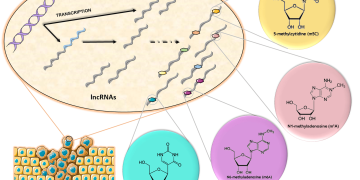

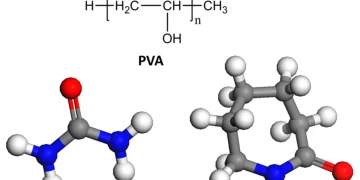

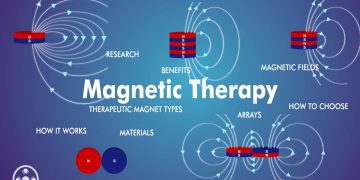

















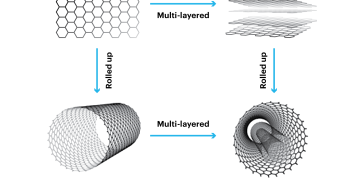
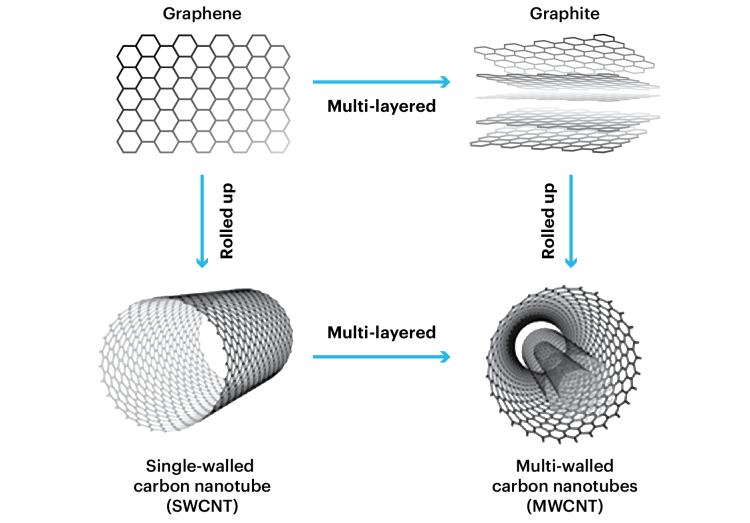












Discussion about this post